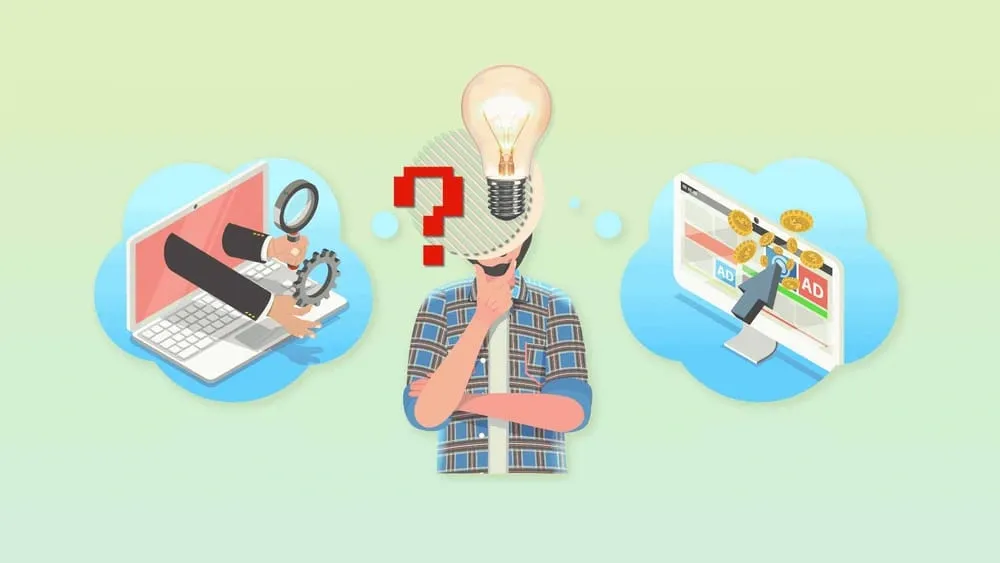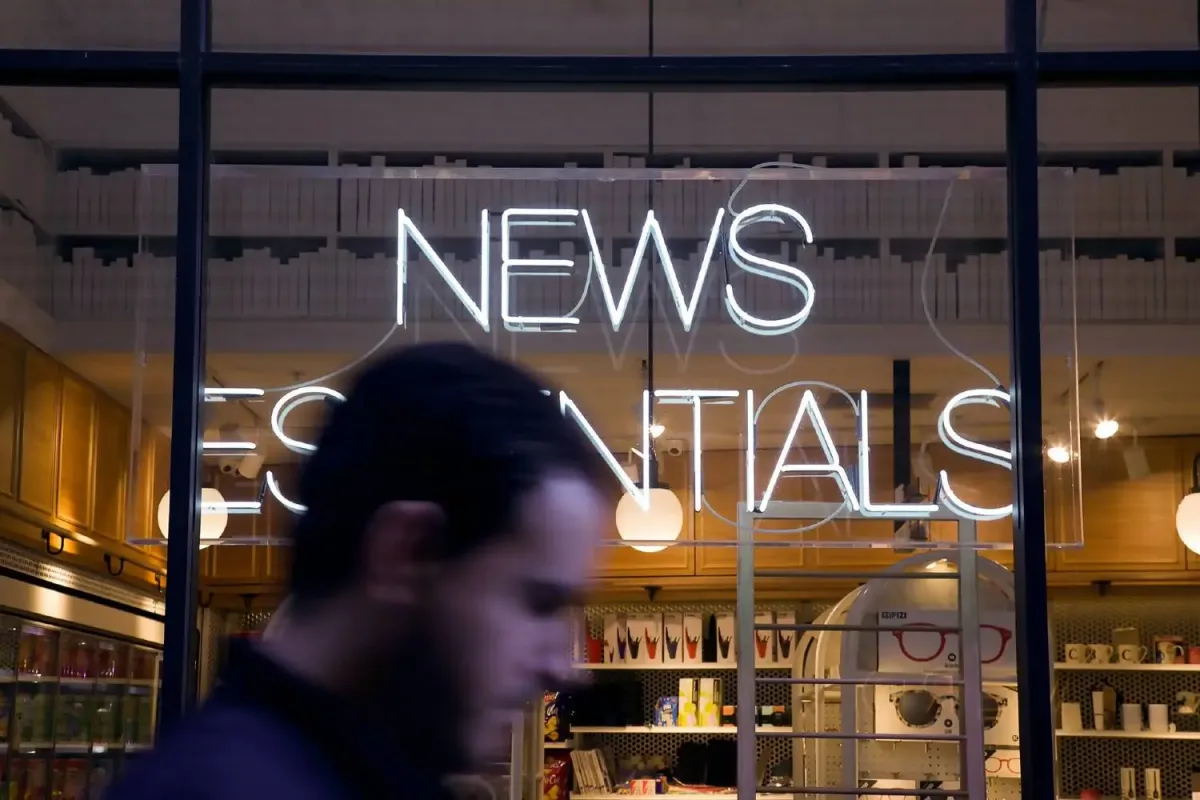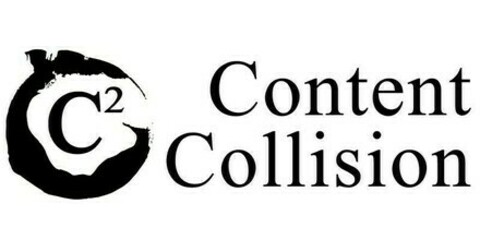Choosing between free and paid press release services: what you need to know
We all love freebies, but as great as it feels to go the no-cost route, there’s always a trade-off.

We all love freebies, but as great as it feels to go the no-cost route, there’s always a trade-off.
For many companies, distributing a press release is a trusted way to share news, build brand awareness, and connect with the media. But choosing between free and paid press release distribution services isn’t as straightforward as it may seem.
While free options are appealing for their zero cost, paid services often offer a wider reach, extra features, and added credibility that can make a difference.
In this article, we’ll explore these differences and help you decide which option is best for your next announcement.
1. Reach and distribution: is your news going far enough?
The most obvious difference between free and paid services is the extent of their distribution networks. Free press release services generally have limited reach, typically distributing your release only on their own platform or a handful of smaller partner sites.
This can be a good starting point if you’re testing the waters or have a smaller update to share, but it often lacks the visibility needed to make a significant impact. Your news may end up lost in a sea of similar announcements, with limited exposure beyond niche forums or low-traffic blogs.
On the other hand, paid press release services like PR Newswire, Business Wire, or GlobeNewswire offer a much broader distribution network, including major media outlets, industry-specific publications, and sometimes direct access to journalists’ inboxes.
This wider reach can be crucial for a big product launch or a major company announcement, where getting your message in front of the right audience is key. Think of it as paying for a fast pass — while there’s no guarantee of media coverage, you’re certainly increasing your chances of being noticed.
2. Targeting capabilities: are you hitting the right audience?
One of the most significant limitations of free press release services is the lack of advanced targeting features. Many of these platforms use a generalized approach, pushing your release out broadly without considering the specifics of your target audience.
If you’re announcing something with wide appeal, like a local community event or a generic update, this can be sufficient. However, for more niche industries — such as tech, finance, or B2B SaaS — this scattershot approach can feel like throwing spaghetti at the wall.
Paid services, however, excel in this area. They allow you to segment your press release distribution based on factors like geography, industry, or even the specific job titles of recipients. This kind of precision targeting is invaluable for campaigns where reaching a specific demographic is crucial.
For instance, a startup introducing a new AI tool would benefit from directing their release towards tech journalists and industry analysts rather than the general public. It’s not just about getting more eyes on your release; it’s about ensuring those eyes belong to people who actually care about your news.
3. Features and support: are you getting the tools you need?
When you opt for free distribution, you’re often limited to the basics. Free services typically provide a platform for you to publish your press release, but that’s where the support ends.
There’s little room for customization, and you may find yourself unable to include multimedia elements like images, videos, or infographics — all of which can enhance the engagement and appeal of your release. In today’s digital landscape, where visual content often drives higher interaction rates, this can be a significant drawback.
Paid services, on the other hand, tend to offer a host of additional features that can help your press release stand out. The ability to include multimedia content, for example, can make your announcement more compelling and shareable on social media.
Moreover, many paid services offer editorial support, helping you refine your message and polish your release to meet industry standards. This can be especially beneficial for smaller companies or startups without a dedicated PR team.
The inclusion of detailed analytics is another major plus, allowing you to track the performance of your release and understand its impact.
4. Credibility and perception: does your choice affect how you’re viewed?
It’s no secret that not all press release platforms are viewed equally by journalists and media professionals. Free services, while accessible, often lack the credibility of their paid counterparts. Journalists tend to associate these platforms with lower-quality content, which can result in less engagement or outright disregard. If you’re trying to build your brand’s reputation, relying solely on free distribution might not convey the image you’re aiming for.
In contrast, paid press release services have built their reputations on curating higher-quality content. This perception works in your favor, as journalists are more likely to take a release seriously if it comes from a trusted, established platform. It’s similar to the difference between self-publishing a book and being published by a recognized publisher — the latter simply carries more weight in terms of credibility.
For companies making a significant announcement, investing in a reputable paid service can help ensure that your news is not only seen but also taken seriously.
5. Cost vs. value: what’s the real price of your press release?
The appeal of free press release services is clear: there’s no financial commitment, making them a great option for small businesses or companies on a tight budget. If you’re just looking to boost your local SEO or share a minor update, free distribution might serve its purpose. However, the cost savings come at a price — namely, limited reach, fewer features, and a lower chance of making a meaningful impact.
Paid services, while requiring an upfront investment, often deliver better value in the long run. The enhanced distribution, advanced targeting capabilities, and added features like multimedia support and analytics can provide a much higher return on investment, especially for critical announcements.
It’s about weighing the cost against the potential impact: a single well-placed release on a paid platform can often outperform multiple releases on free platforms in terms of visibility and engagement.
Making the right choice
Ultimately, the decision between free and paid press release services depends on your specific goals, budget, and the nature of your announcement. Free services offer a risk-free way to distribute minor updates or test the waters of press release marketing.
However, if you’re launching a new product, announcing a major partnership, or trying to establish your company’s credibility, a paid service is often the better choice.

Content Collision provides performance-based digital PR services and B2B content marketing services for tech startups in APAC and beyond. Book a discovery call to learn more.



